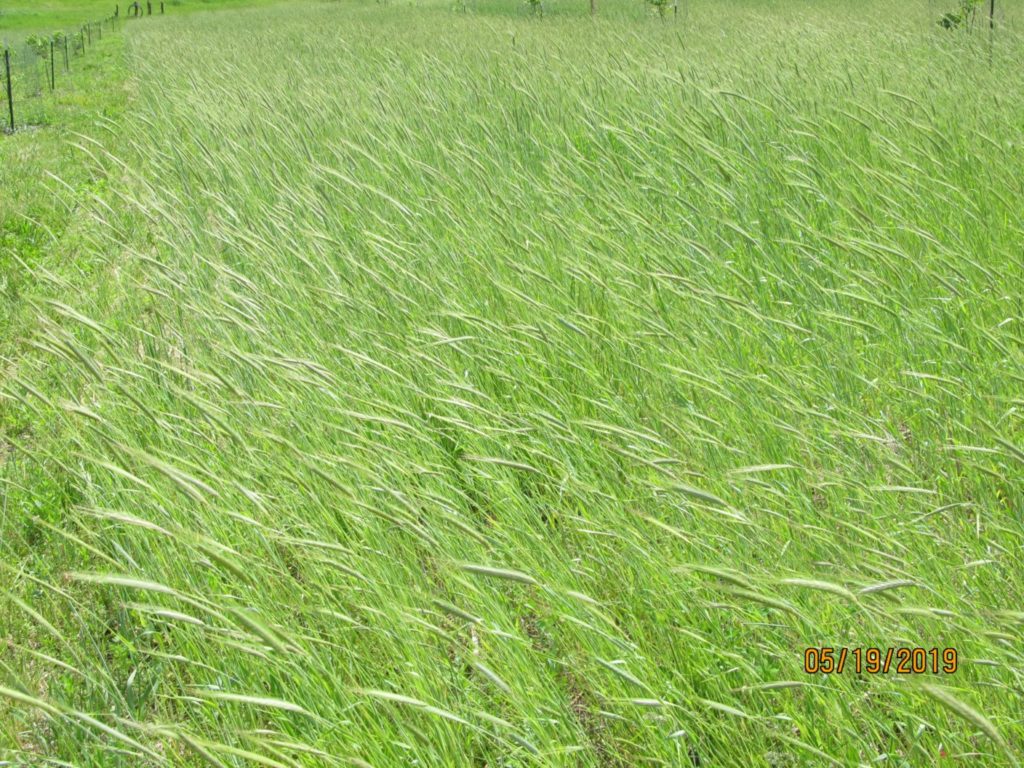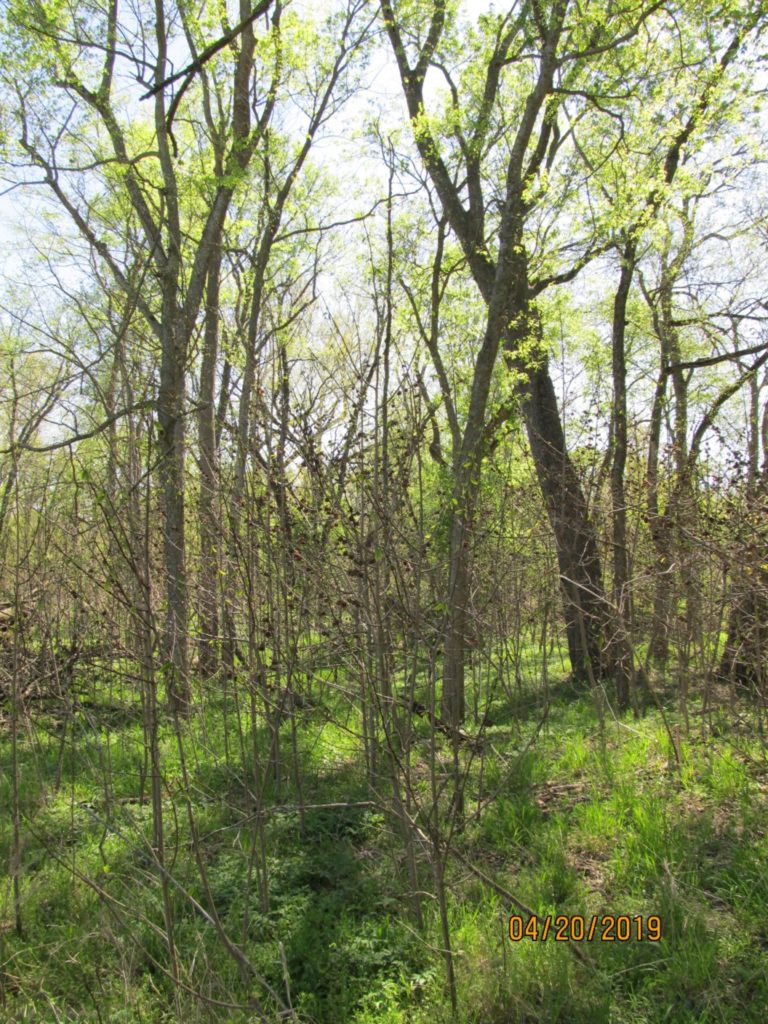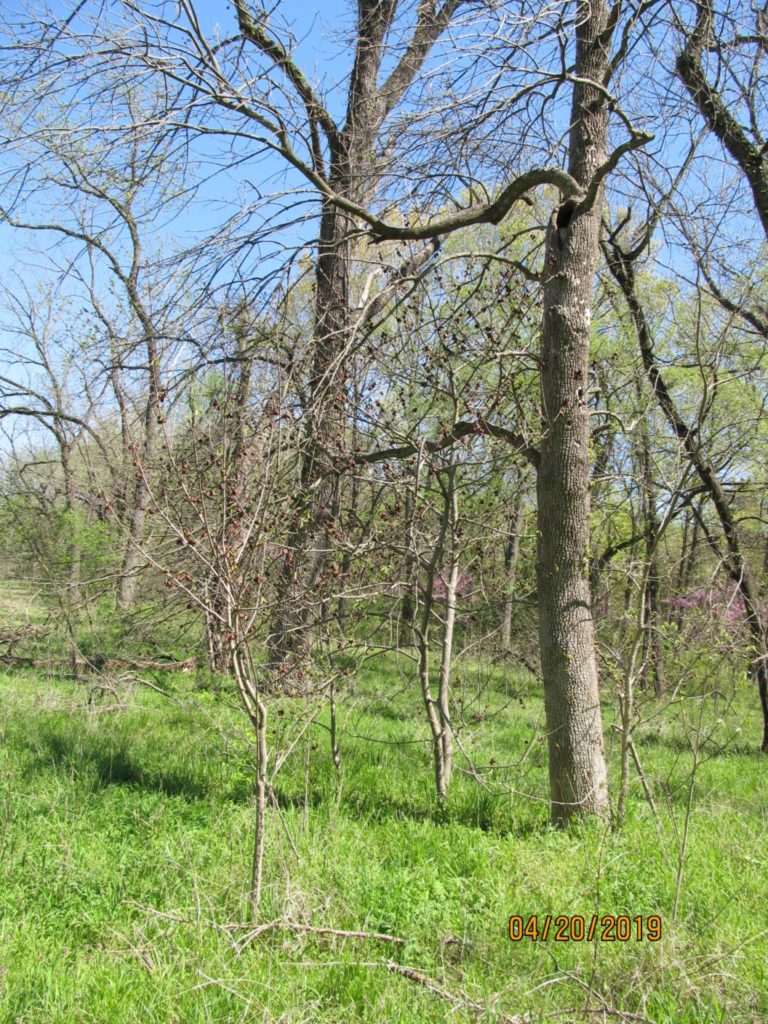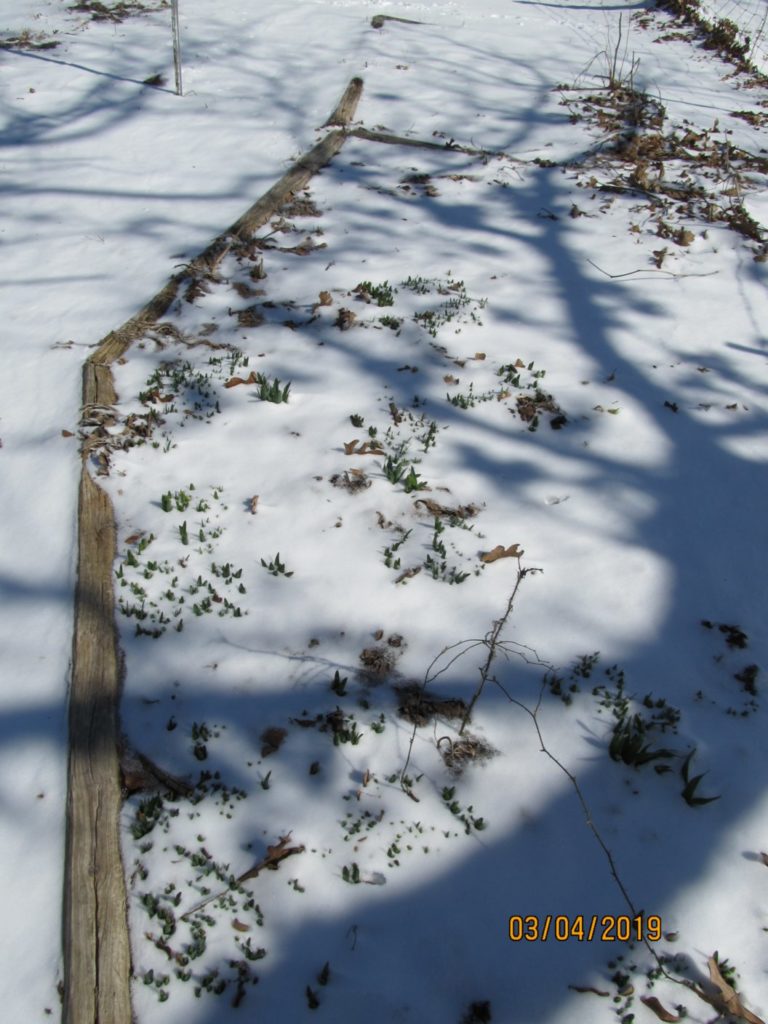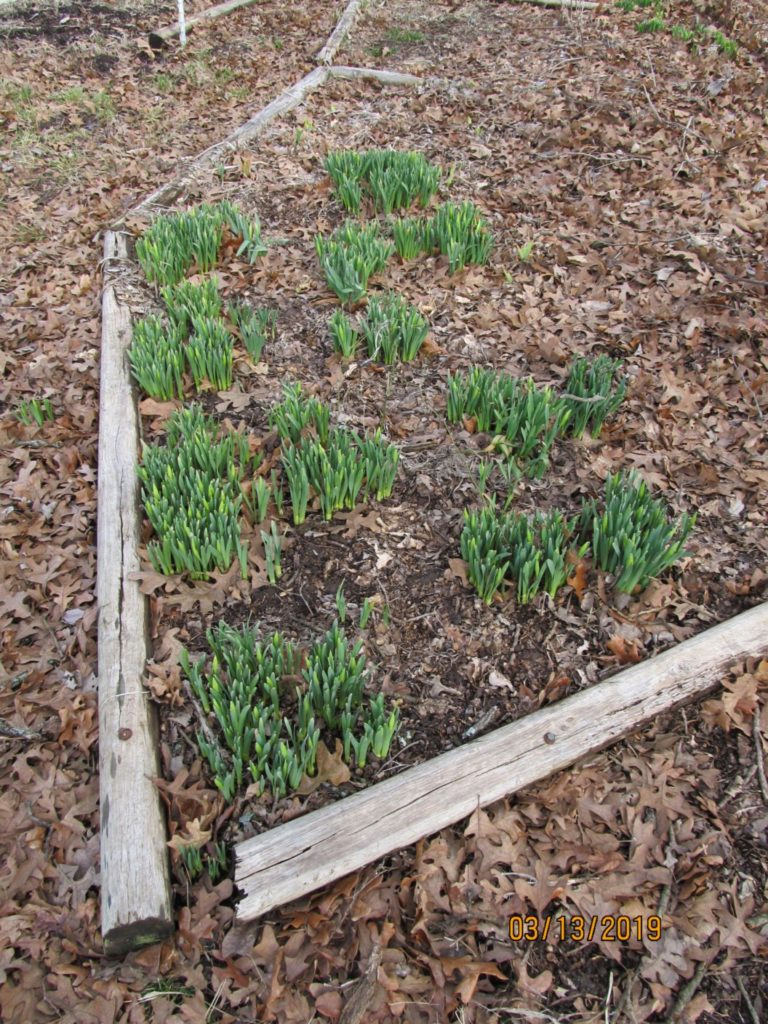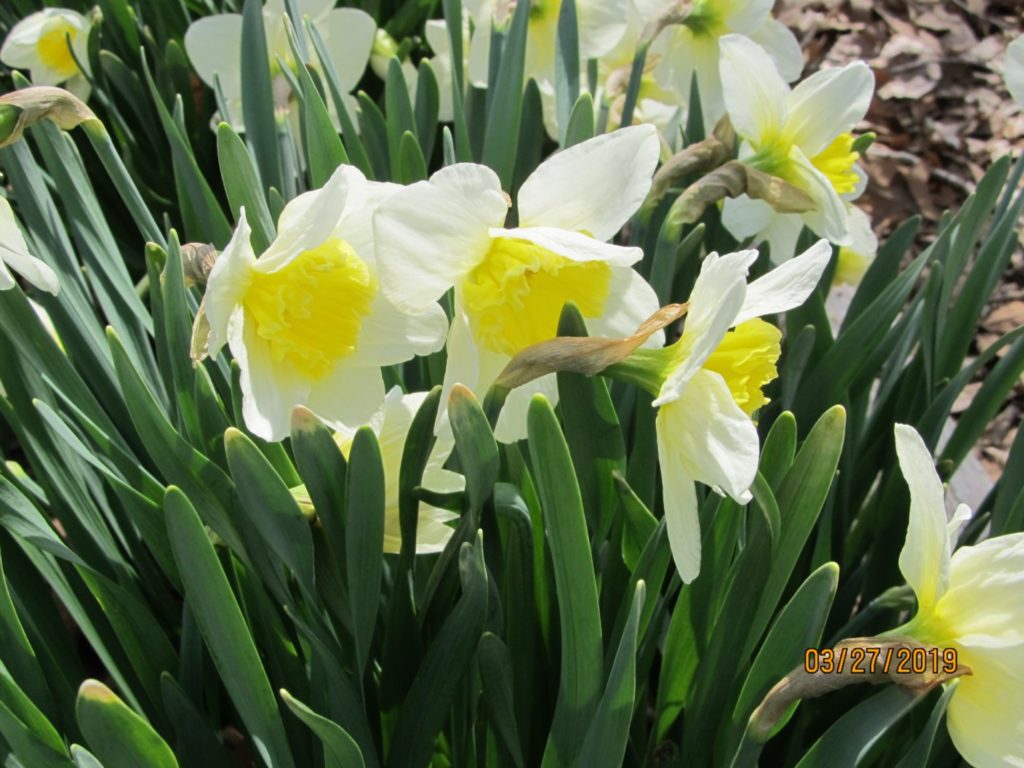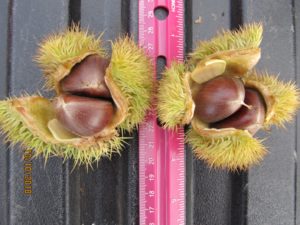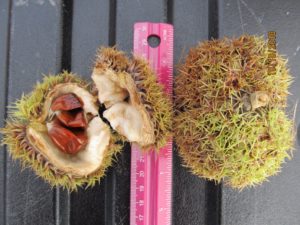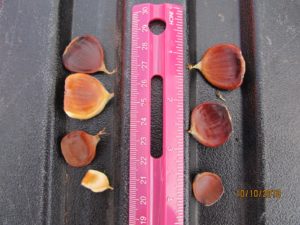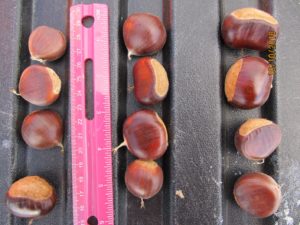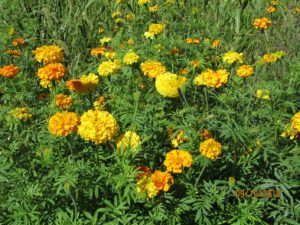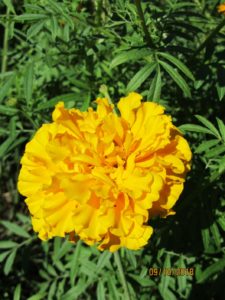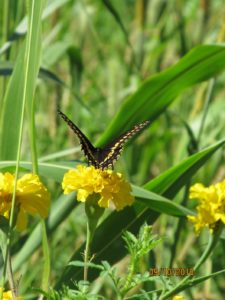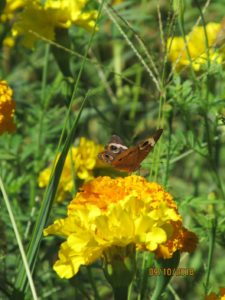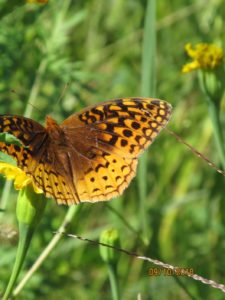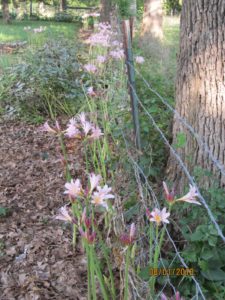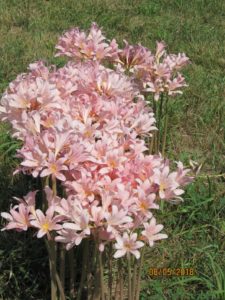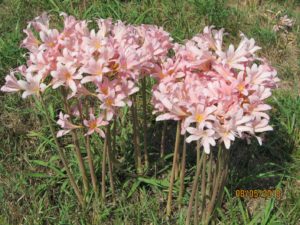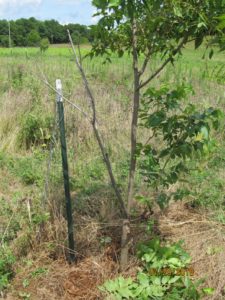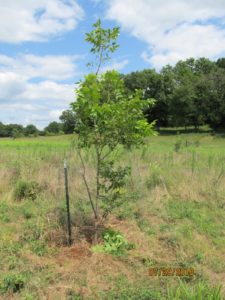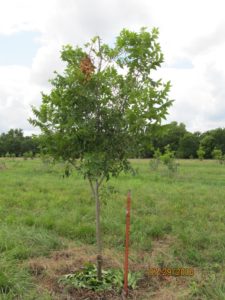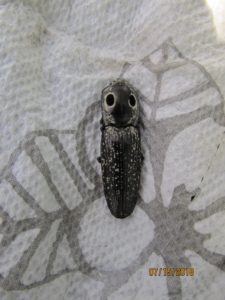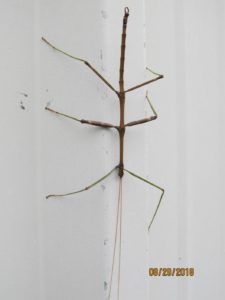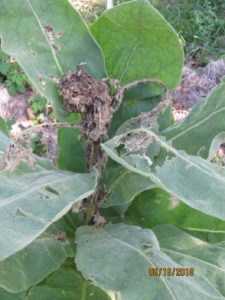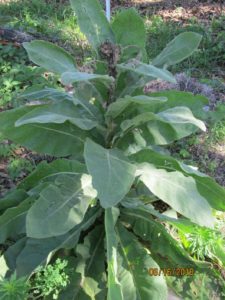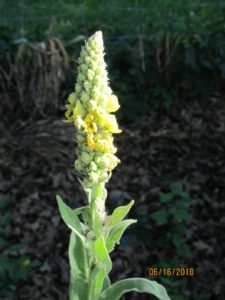The weather during 2018 varied quite a lot from the previous few years. It was quite cold early in the year during the Winter and then the late Spring only lasted for about two weeks. The rainfall was spotty and below normal for the year on my place, but, other areas of the county received more rainfall.
The ten or so potted trees that were sprouted from seed in May, 2017, did not survive the Winter – although the pots were placed into a straw bale fort for protection over the Winter, apparently they all froze.
In previous years it was common to lose a few trees after planting but only during the first two years. This past year a number of three and four year old grafted trees did not survive the Winter – mainly the grafts died but a couple of root stocks also died. The grafted Lakota were hit the hardest – they were planted in a low place where the cold air accumulates. Maybe the Lakota would do better if planted on a slope where there would be more air flow.
Besides the regular maintenance of the field trees and mowing weeds I continued grafting field trees during the Spring and planting new trees in the Fall.
My grafting success this year was abominable with only 9 out of 40 making it. Out of the first 20 grafts, 9 survived. But, out of the last 20 none survived. Looking back for excuses I can see that the temperature during the last 20 attempts was probably 85 degrees or above and just too warm for grafting.
During October and November I planted 44 trees and bushes into the fields as follows:
7 black walnut trees
8 Chinese chestnut trees
17 pecan trees(15 grafted)
10 Saskatoon service berry bushes
2 chokecherry bushes
Experimenting with cover crops continued. During June I broadcast an 11 way mix and used the roto-tiller to scratch the dirt over the seeds. It was very dry and the rains did not come until the end of July. The sorghum/sudan and the millet slowly sprouted and grew somewhat before the rains. Most of the legume seeds did not sprout at all, but, some of the other seeds did sprout and grow after the rains came. The sunflowers in the mix did not grow tall and produce very many beautiful heads as was the case in the previous year.
The deer and other wildlife continue to exert their rule over the place – at least they leave behind some fertilizer.
After attending workshops on soil health I realized that I need to introduce some cows and maybe some goats to improve the soil. The cows could mow the grasses and the goats could eat the poison ivy, small bushes, and serecia lespedeza. That would necessitate putting up some fencing along the road and designing a system for watering. But, the grass fed beef should taste good.


